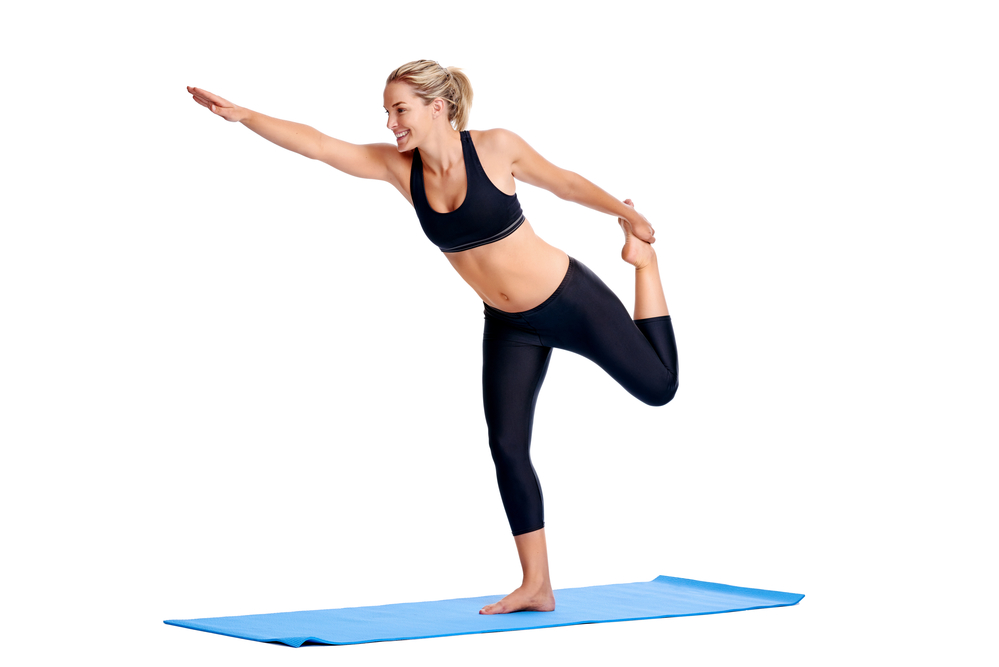Yoga’s “bottoms up,” or the “upward plank pose (purvottanasana),” is characterised by a backbend body posture, also considered an arm balance in yoga, although it appears to be more of a back bending practise. The term purvottanasana originates from the Sanskrit terms paschima (which means west and back) and purva (which means east and front). It is also called Intense Stretch of the East.
The upward plank pose is an effective and attainable option for all levels of yoga practitioners. This pose often presents a challenge for yoga beginners because it requires good balance and support of the body. For beginners, it is advised to use a chair for support in order to alleviate physical stress before practising the pose. This type of pose follows the posture of “a reclining hero,” or the “supta virasana,” which is done by lying down and stretching out the body.
The “bottoms up pose” strengthens the back, arms and legs while improving a sense of calm and balance in the body. It stretches the whole body, including the ankles, thighs, belly, groin,and shoulders. It also adds strength to the wrists and the muscles of the upper arms while making the buttocks firm. The “bottoms up” pose offers a great and effective yoga preparation for the body for other yoga practises, including back bending. The pose is recommended to those who have serious problems relating to the wrist, neck or shoulder. However, “bottoms up” must be done with an experienced and reliable yoga instructor.













